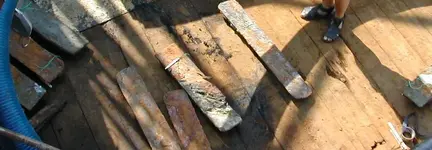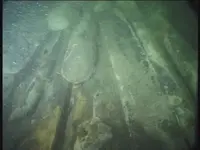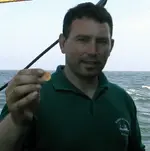Diggit
Hero Member
Remember Lead is depleted Uranium ?
Yeah... Kinda interesting statement.
Remember Lead is depleted Uranium ?
Yes, Lead is from depleted or decayed Uranium..this may help. While there is primordal lead, the most common is from radioactive decay.
When you look at a Lead sample from a spectrograph, it will give the amounts of the different isotopes.
Isotopes of lead - Wikipedia, the free encyclopedia
Note from the table, you get down to Pb204 before it is stable, and others have common names such as Pb206 Radium G, or Pb207 Actinium D....
Hi All,
I am looking for antiquity or "low-alpha" lead.
This lead would need to be from the early 1700's or even older.
Most likely place to find it would be on ancient
I have some it was an casing or an insulator for some kind of underwater wire that's been there since probably the late 1800s but before that nuclear bombs and all that in the Fallout I probably have a ton right now



